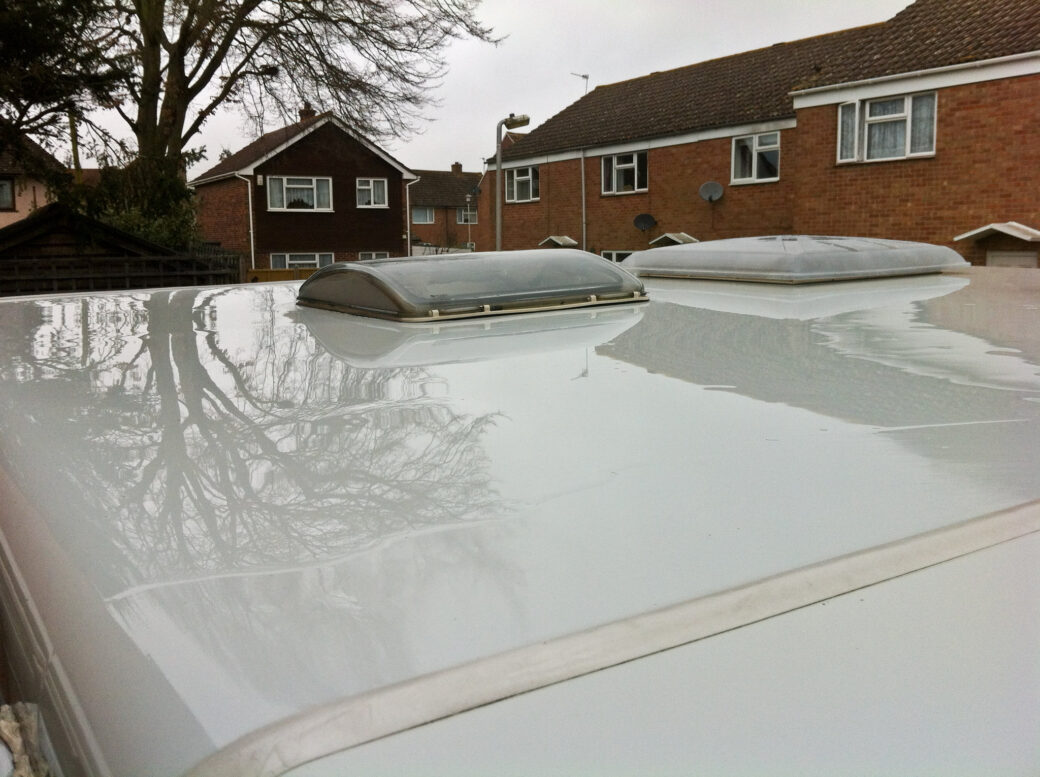Bubbles can also be caused by water getting under the membrane which shouldn t happen with a good installation but may happen if any of the seams develop holes.
I have a bubble on my rv roof material.
Should i cut the bubble in the middle and then tape and seal it.
If left untreated a blister can grow larger and allow more moisture to get in so that the problem gets worse until more extensive repairs and possible replacement is necessary unless it pops.
A roof blister is a raised area where there is a loss of adhesion of the roof.
Ron rubber roof bubbles wrinkles coming loose have been referenced a few times on this forum as noted by oldguy in post 2.
Tom bubbles in epdm rubber membrane are typically caused by improper preparation during installation water intrusion or the use of incorrect adhesives.
Whilst bubbles or blisters on a one piece epdm roof can be unsightly they will not cause the rubber membrane to fail.
Each type of rv rubber roof requires slightly different maintenance so be sure to consult your owner s manual for the proper way to care for your roof.
The pressure in the camper will be greater and may be causing your rubber roof to inflate from the inside out due to the pressure differential.
The most common cause of roof bubbling is poor installation of the roof.
Rubber tpo probably the most common material for an rv roof and actually comes in two different types.
I have a few bubbles on my roof on my rv.
May just be a bernoulli effect.
I two or three small pin holes where mosture could get in and make the bubbles.
This is certainly not just a gdrv item as for decades in our travels we have seen rv after rv traveling down the highway with particularly the front area blown up like a big bubble.
Does it eventually deflate when stopped.
The rv manufacturer simply didn t apply the adhesive evenly or left some dirt on the roof that the adhesive couldn t stick to.
These bubbles of trapped air moisture can be caused by a variety of issues which are all avoidable if the roof design is correct and the membrane is correctly installed.
What is you read more.
This area can fill up with air or water to form a blister which looks like a bubble on your roof.
Vapour from contact bonding adhesive.










